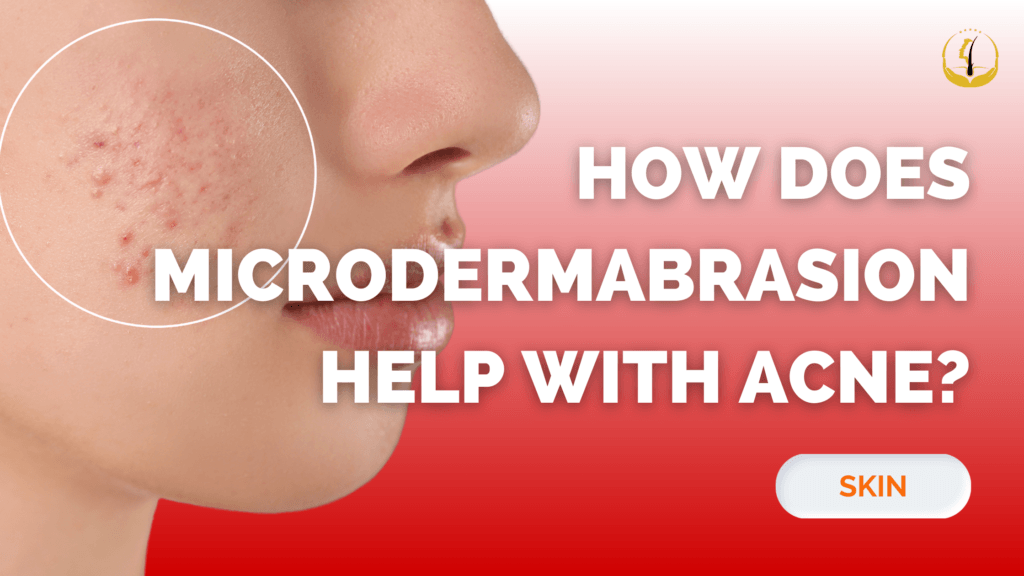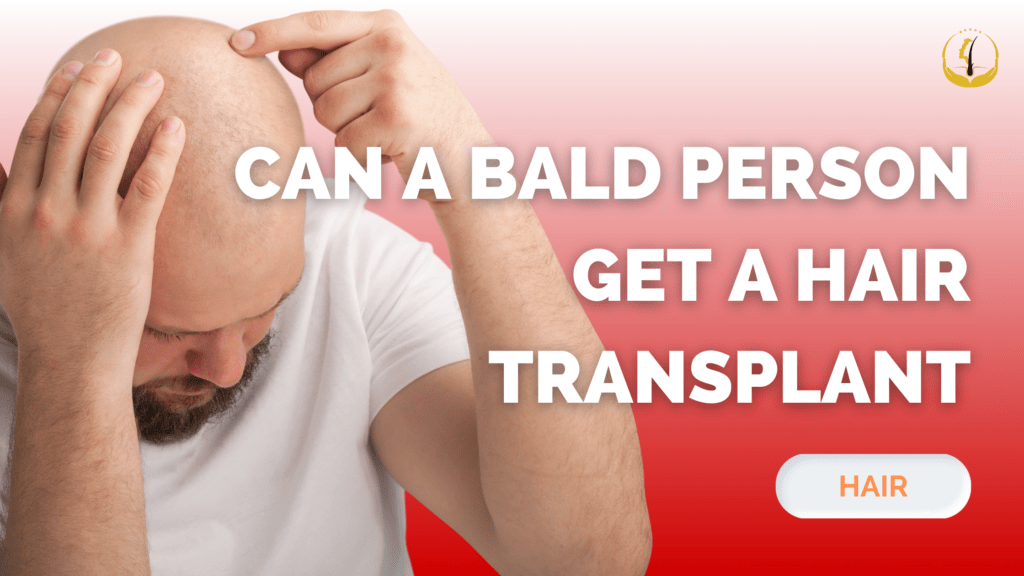How Does Microdermabrasion Help with Acne?

Acne is a common skin condition that affects millions of people worldwide, leading to frustration and a search for effective treatment options. Among the plethora of skincare solutions available, microdermabrasion has emerged as a popular and promising method to combat acne. This non-invasive procedure offers a range of benefits that can help alleviate acne symptoms […]
Is Dimple Creation Permanent? Latest Insights & Breakthroughs

Dimples, the cheeky little indentations that grace the cheeks when we smile, have long been considered a charming facial feature. Many individuals find dimples to be endearing and a symbol of youthfulness. As a result, some people opt for a cosmetic procedure known as “dimple creation” to acquire this sought-after feature. But the burning question […]
Can Scalp Micropigmentation Be Removed

The pursuit of a full head of hair has led individuals to explore a spectrum of solutions, ranging from ancient methods to contemporary innovations. In the realm of modern techniques, Scalp Micropigmentation (SMP) has emerged as a popular non-surgical approach to hair restoration. However, a common question among those contemplating SMP is whether it genuinely […]
Can a Bald Person Get a Hair Transplant

Hair loss, a universal concern impacting millions globally, can profoundly affect self-esteem and confidence. In the realm of medical advancements, hair transplants have emerged as a sought-after solution for those looking to restore their hairline and regain a more youthful appearance. But the burning question remains: Can a completely bald person undergo a hair transplant? […]


